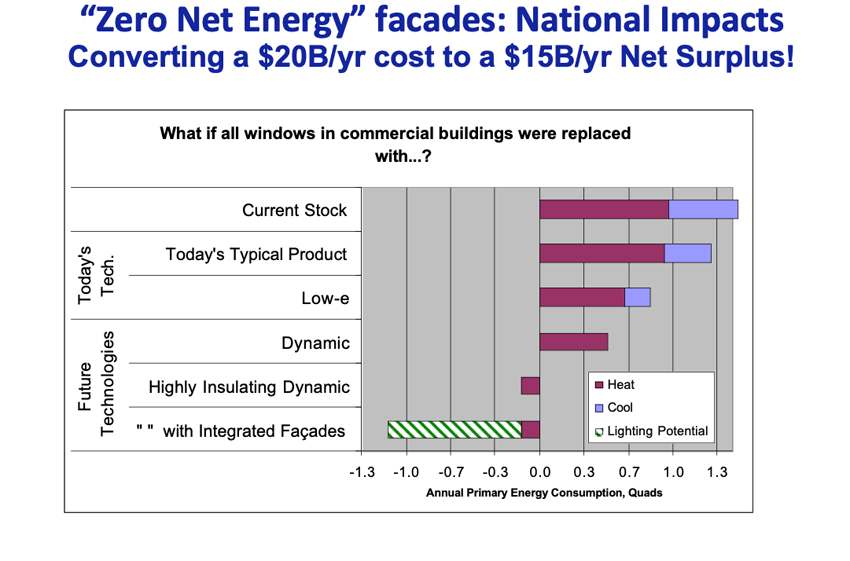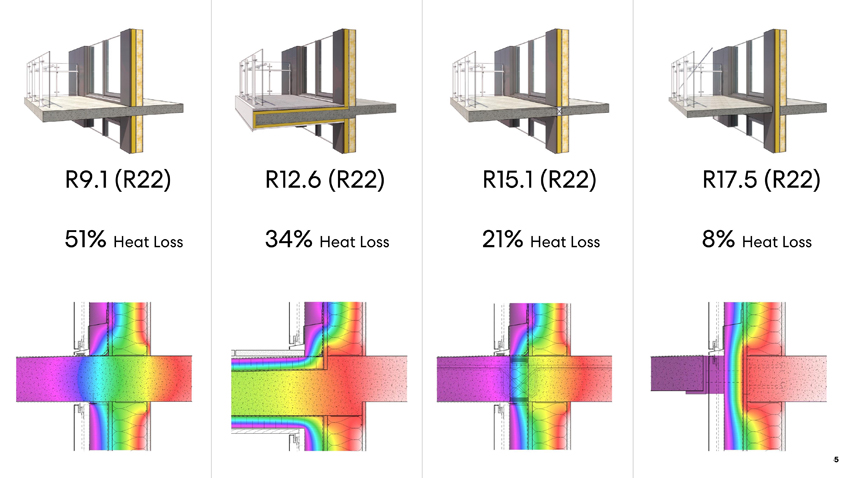Conquering Carbon
GETTING STARTED
Fortunately, New York City building owners do have a strong starting point in considering where to make LL97-related upgrades. The city’s Benchmarking Law has been requiring owners to calculate and submit their energy use levels on an annual basis for close to a decade. Consequently, they already have some useful data for analyzing energy use patterns.
“Benchmarking systems are the first step in outcome-based codes, and form the reporting infrastructure and provide the data which can create a basis for the adoption of carbon emission targets for existing buildings,” says Sanders.
Wolf brings up another important point which is strategically analyzing the retrofitting of the building envelope so that the HVAC systems can be adjusted appropriately. “Without first properly upgrading an otherwise conventional envelope, nearly all changes to HVAC and possibly other building systems have a good chance of being grossly oversized, mis-coordinated, and wasteful of money, energy, emissions, and space.
Another diagnostic tool is utilizing drones for facade assessments, in particular, infrared imaging. “Before any energy efficiency measures are considered for a facade, an assessment must be made to determine the thermal integrity of all barrier systems,” explains Zakrzewski. “This type of assessment will be invaluable with identifying areas of the building facade where insulation has degraded—and in some instances omitted during construction—and highlight any air infiltration/exfiltration.”
Even without a drone assessment, a common issue with older buildings is likely leaky windows. Consequently, window replacement would be considered a low-hanging fruit for upgrades.

Image courtesy of Lawrence Berkeley National Laboratory
With advanced glazing and integrated facade technologies, U.S. commercial building window energy use can be converted from a $20 billion/year cost to a $15 billion/year surplus.
“Countless New Yorkers live in older buildings that have not had their windows replaced in years,” relates Roberts. “Installing new windows can often be done in an occupied unit, making it less inconvenient than more significant facade improvements.”
Owners may also consider newer window retrofit technologies such as a highly compact, lightweight glass/glazing retrofit system that mounts to the existing glass, creating a hermetically sealed insulating gap that performs like that of a factory-made insulating glass unit. Because there is no window removing/replacement involved, it can be done without disrupting building operations or occupants. Further, the technology is less expensive and faster than a conventional window retrofit, and provides a better return on investment.
Another cost-effective strategy is reducing the thermal conductivity of the exterior wall. One way to accomplish this is to reduce the glazing area with retrofit mullions and applied films, suggests Andow.
“We are looking at a better balance between transparent and opaque surfaces that meet Local Law 97 energy efficiency goals while maintaining the benefits of fully-transparent buildings,” adds Leveratto.
At the same time, Sanders points out that reducing the glazing does not automatically mean that the enclosure will offer better thermal performance. “Thermal bridging—which is often not accounted for in building energy modeling—can degrade the walls' thermal performance levels by more than 50 percent, and contributes to a gap between perceived performance and actual performance,” she explains.
“In fact, in some situations, facades with larger continuous windows can have a higher performance than those with smaller glazed areas because of thermal bridging issues. As a result, decisions related to window-to-wall ratio and actual delivered energy performance are not straightforward.”
Selkowitz agrees, pointing out that a well designed envelope can, in fact, support a larger percentage of glazing. Case in point, The New York Times Building incorporates floor-to-ceiling glass and fixed external shading, but also employs a state-of-the-art automated interior shading system for solar and glare control, and a dimmable, tunable electric lighting system responsive to daylight. A post occupancy study reported high levels of occupant satisfaction and energy consumption levels that were lower than the calculated use from a code-compliant, 40 percent glazed facade.
Another source of thermal loss is curtain wall spandrel panels, which have traditionally gotten by under the radar by qualifying as a prescriptive approach to code compliance. Backing this up with some numbers, Andow says the opaque areas of a curtain wall should meet a current energy code baseline thermal conductivity of 0.064 Btu/hr.ft2.F. However, the highly conductive aluminum framing means the thermal performance of spandrel areas bottom out at around 0.2 Btu/hr.ft2.F. This translates to thermal performance levels that are three times less than that required by the building code.
DIGGING DEEPER
Getting back to Zakrzewski’s suggested facade assessment approach, a next logical step might be to air seal the building envelope as this will improve comfort, air quality, and reduce energy consumption. “Depending on the age and quality of the insulation, it could also be replaced with higher performing material and in many cases, could serve as an air barrier improvement. However, detailed engineering analysis is recommended so that the enclosure performs as expected and a problem is not created, i.e. condensation,” he adds.
Wolf recommends taking things a step further and pushing the envelope to get it as close to Passive House performance as possible. In New York City’s 4A climate, this means ≤ 0.6 ACH airtightness at 50 Pa, between R-30 to R-40 for opaque walls and around R-8 or better for glazing.
In evaluating retrofit facade strategies, Woods points out that zoning and real estate pressures can make things more difficult as thicker or deeper facades mean less usable square footage per floor, and if not married to reduced height restrictions, fewer rentable square feet. “In the case of existing buildings, lot lines and set-back, along with sky exposure plane requirements, challenge many effective solutions on the available space. Real estate is big business that lives at the edges of maximum allowances when it comes to floor area ratio and zoning square feet,” he says.
With this in mind, Woods recommends decreasing thermal bridging, adding exterior insulation, and providing exterior sun shading as viable retrofit strategies. Regarding the former, he explains that exposed slab edges are prevalent in modern New York City apartment buildings forcing heating systems to fight hard to overcome escaping heat in the winter. Consequently, he predicts that perimeter heating might soon become a thing of the past.

Image courtesy of Perkins and Will
Exposed slab edges and balconies can reduce the effective thermal performance of a building envelope by up to 50 percent. Adding insulation and designing thermally broken details has the potential to improve the overall envelope thermal performance by 40 percent.
While adding insulation on the exterior can boost thermal performance, it can be complicated when buildings are built right up to the property lines. Recognizing this difficulty, the city is working on some allowances here.
“In this way, New York City’s new building regulations creates a ‘carrot’ to encourage facade improvement by allowing the owner to add height to their building,” says Stefanie Schober, P.E., associate, Thornton Tomasetti, New York.









